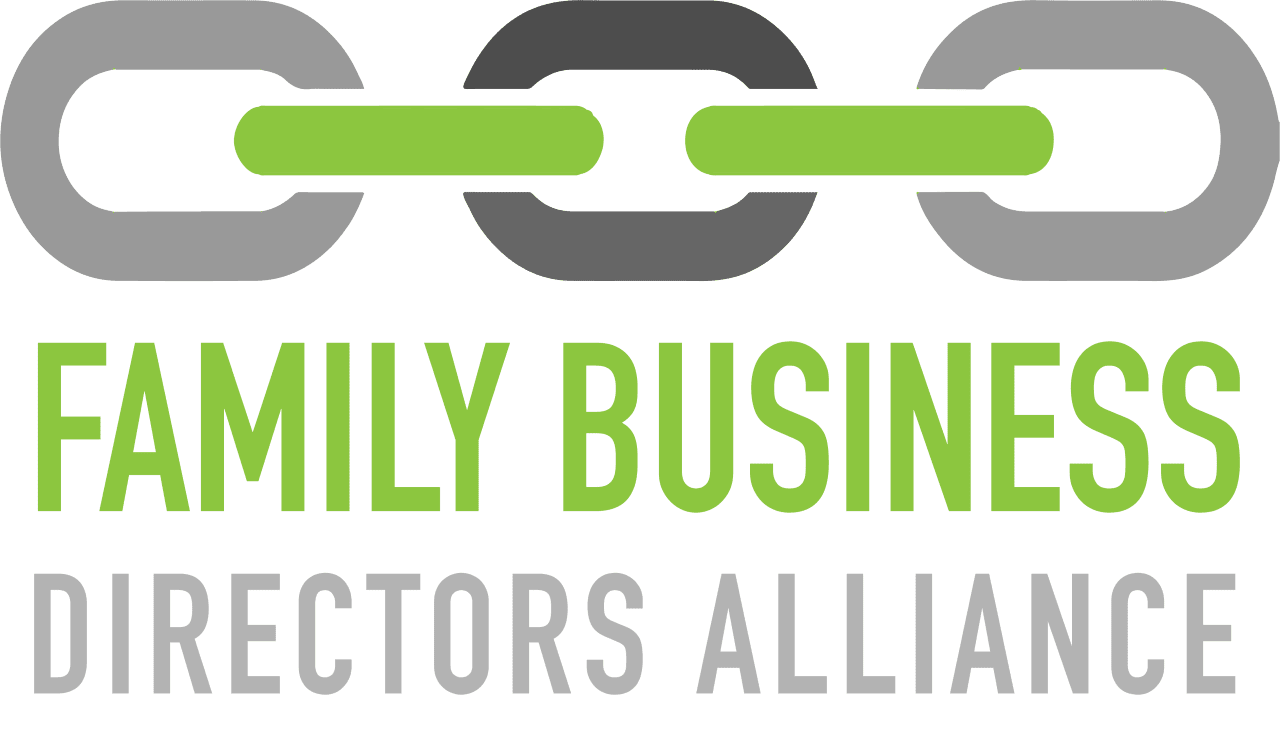
As part of our mission to advance family business, we are excited to announce a new collaboration with the Grand Rapids Business Chamber.
Since 2010, The Grand Rapids Chamber’s EPIC Awards have recognized the amazing organizations that are building this thriving community and supporting our region through EPIC (Entrepreneurial, Progressive, Innovative, and Collaborative) proportions. This year, Family Business Alliance teamed up with the Chamber to establish a category exclusively for family business organizations to engage and be honored for their efforts and innovation.
We are all aware that family run organizations positively impact our community and economy, so we are excited that an FBA member will have the opportunity to be recognized as the Family-Owned Business of the Year!
The award will be given to a family business that is either a Family Business Alliance Member or Grand Rapids Chamber member and exhibits the criteria below:
EPIC Organizational Awards Criteria:
- Has a growth mindset and supports/demonstrates equitable entrepreneurship throughout the organization’s services and programs
- Creates an organizational culture that is progressive – not afraid to put new ideas into practice and has an intentional focus on belonging and inclusion
- Seeks out innovative opportunities to be creative in their designated industry and community by leveraging the organization’s diversity
- Gives back to the larger community and is actively collaborative with other organizations and initiatives to create a thriving West Michigan for all
As an organization, you can either nominate yourself, or be nominated by anyone from outside of your organization. To nominate a deserving organization, complete the nomination form. Nominations close on Thursday, August 4th. After all applications are reviewed by an independent Chamber Peer Selection Committee, finalists are notified. Award recipients are announced the night of the event, keeping finalists and attendees on the edge of their seats.
We are thrilled to be able to formally acknowledge the positive impact that family businesses make in our community. Happy Nominating!
Timeline:
- August 12th: Nominations Close
- September 5th: 3 Finalists are chosen & contacted
- October 4th: Finalist Reception
- October 19th: EPIC Awards Gala
For more information, please visit the EPIC Awards page or email Aislinn Teachout, FBA Marketing & Events Coordinator, at aislinn@fbagr.org or Megan Steenwyk, Business Services Manager, at megan@grandrapids.org.








 Scott Hill
Scott Hill Written by Robert Tyndall: Managing Director of Investment Banking and Corporate Finance at
Written by Robert Tyndall: Managing Director of Investment Banking and Corporate Finance at 

